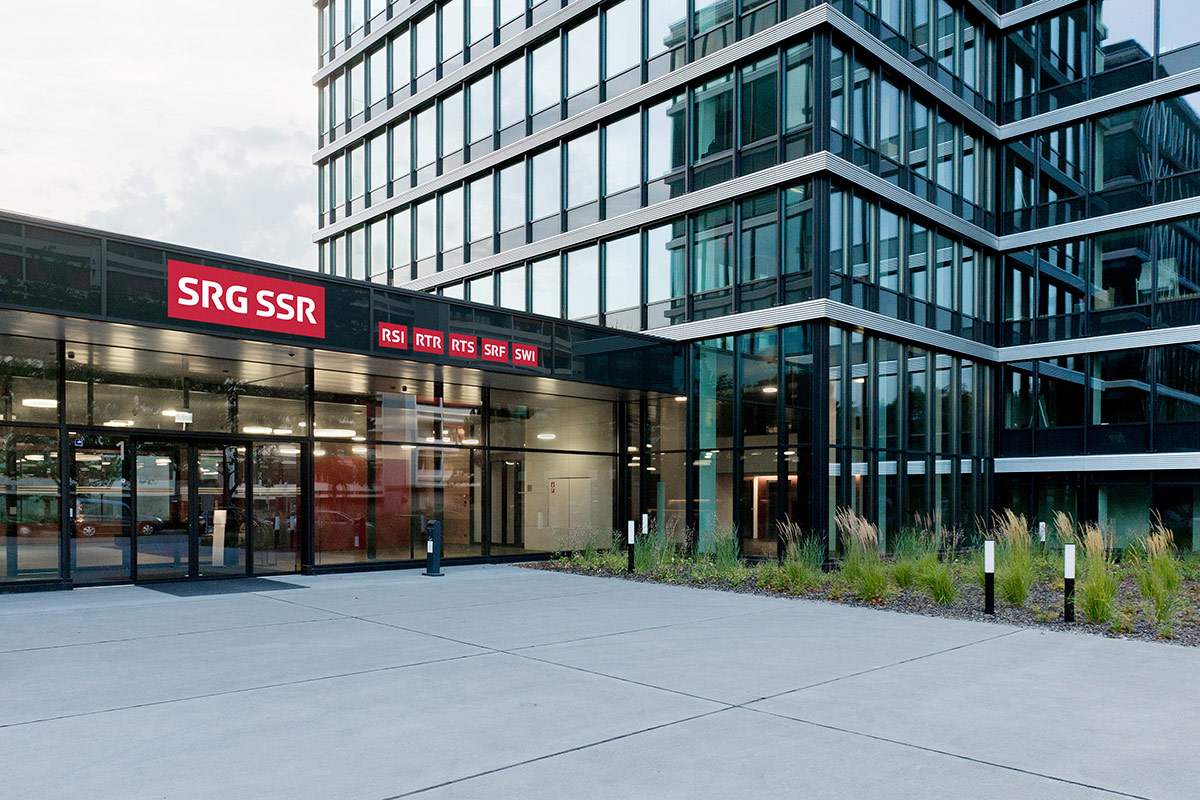How public media is adopting AI
4th July 2023
Public service media (PSM) has continued to pioneer adapting Artificial Intelligence (AI) into their workflows, whilst critically retaining their values.

On 27 February 2023, Radio Televisión Española (RTVE) premiered HIPERIA, a show whose staging and material were developed using artificial intelligence methods. The show’s words and scripts were generated by Open. AI’s ChatGPT, while the voice of the avatar was synthesised artificially using AI technologies.
HIPERIA was a product of human effort combined with the most advanced AI-tools aimed to engage a young audience and anything pertaining to popular culture, encourage the use of Spanish in future AI technologies and continue active dialogue regarding the efficient use of technology in content creation.
Through HIPERIA, RTVE demonstrated how AI and can be used by public media to pioneer a future of innovation with PSM values at the foundation of these new creations.
“In a certain way we could say that artificial intelligence has already been introduced into production processes and the next steps are to improve this introduction, use new tools and incorporate new processes into this transformation,” said Pere Vila Fumas, Director of Technology, Strategy and Innovation at RTVE.
Read more: “More than a tool”: RTVE uses AI tech to cover local elections
PSM AI Innovations
AI is increasingly being used in the newsrooms and being adapted by PSM and other media companies. One of the main advantages of embracing AI is that it has the potential to increase work efficiency.
MediaDigest is a creation from VRT that supports the Flemish media organisation reach young audiences. Using AI-tools, MediaDigest efficiently generates new short-form content by condensing news stories and other information into clear summaries, better understood, and therefore more accessible. This AI-generated content is then distributed across numerous platforms.
This use of AI-tools creates a versatile media that is able to serve a wider audience and meet their different and diverse needs.
AI can work best when it supports a better public service, customising different stories to meet different audiences which can be important during elections. , “In the U.K., we have four nations that have quite different media interests,” David Caswell, Executive Product Manager at the BBC told the International News Media Association “We’ve been able to customise and adapt our stories to the nation for Scotland and England and Wales and Northern Ireland. That’s quite important.”
AI can also help PSM increase the quantity and quality of election-related information, generated in a matter of minutes, producing multiple text stories or images; summaries or graphics; audio or videos all working together to create a flexible media experience. Different methods of communicating stories to various audiences at a crucial time in democracy.
“There is much that is exciting and positive in the development of AI, but also an ever-present risk of losing deep-seated human and journalistic values.” – Jan Helin, Media Director of SVT.
RTVE has achieved this through the use of its AI technology-based election tool that targets rural and the less populated areas in Spain, generating content and giving a more accessible and more informative election coverage of cities and towns with fewer than 1,000 inhabitants that cannot be provided “with traditional media.”
Subscribe toour newsletter
Keep updated with the latest public
media news from around the world
PSM AI Policies
Although the use of AI can be advantageous to PSM, there are important factors which public service media must consider before using it, particularly when it comes to matters of accuracy and transparency.
CNET, an American digital media publisher, was compelled to retract scores of AI-generated articles that it had published without oversight. The editor-in-chief of a German newspaper was dismissed for printing an AI-generated interview with the former highly decorated Formula One racing driver Michael Schumacher, who suffered a near-fatal accident in 2013, and has not spoken publicly since. The Irish Times, meanwhile, took down an ‘Opinion’ piece which was found to have been AI-Generated.
“In a certain way we could say that artificial intelligence has already been introduced into production processes and the next steps are to improve this introduction.” – Pere Vila Fumas, Director of Technology, Strategy and Innovation at RTVE.
These missteps make AI policy crucial for PSM. CBC News assured its audience that under their AI policy there would be no CBC journalism that is published or aired without active human engagement and supervision. “We will never put to air or online content that has not been vetted or vouched for by a CBC journalist,” said CBC News.
SVT‘s AI policy aims to approach the use of AI with caution to help maintain its journalistic values. “There is much that is exciting and positive in the development of AI, but also an ever-present risk of losing deep-seated human and journalistic values in the eagerness to implement the efficiencies that AI enables,” Jan Helin, Media Director of SVT told Dagens Media.
As it develops, artificial intelligence will continue to be gradually integrated into PSM. The adoption of AI and its instruments might require organisational and cultural changes within PSM. This is why a coherent and flexible policy is so critical. The policies set by CBC and SVT and the AI innovations from RTVE and VRT all retain PSM values of accessibility, accuracy and transparency while continuing to inform, educate and engage with their respective audiences.
Related Posts
22nd June 2023
South Korean public broadcaster’s viability in question in the face of funding threat: Global Task Force for public media
The GTF is concerned over a proposal to…



